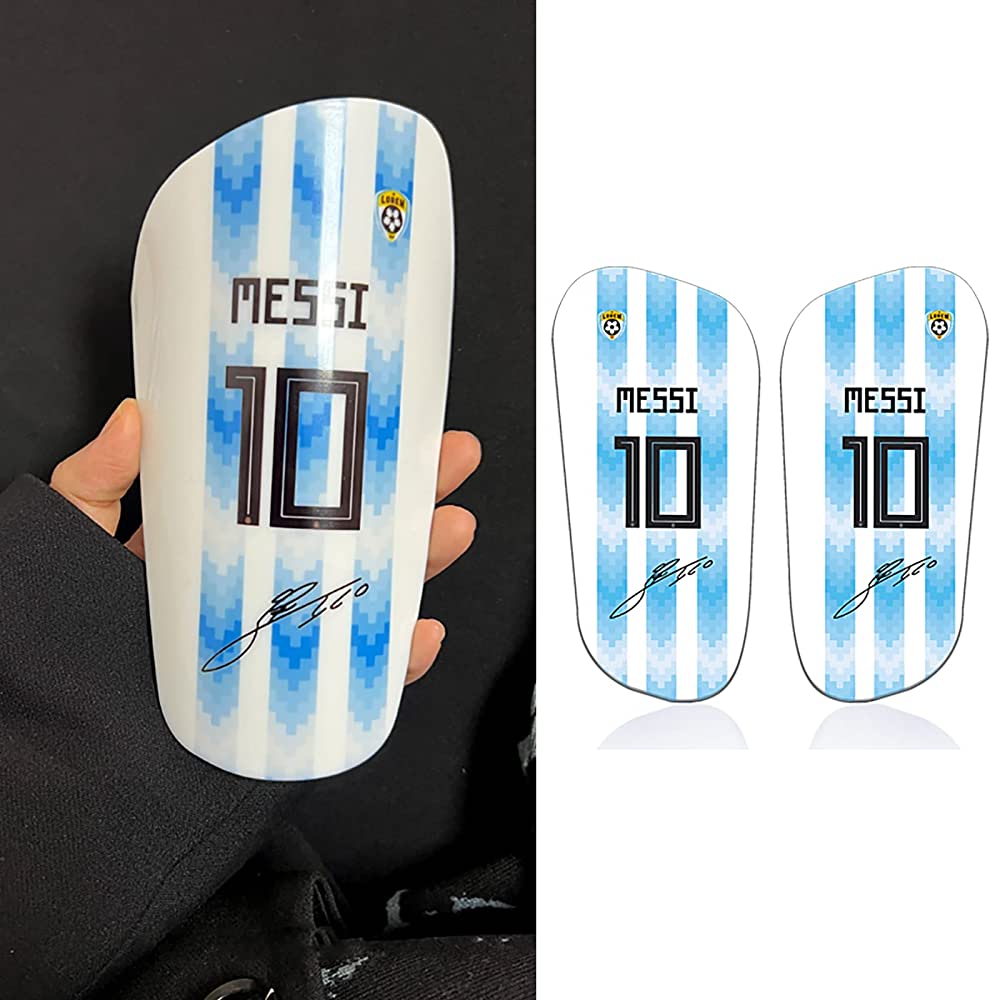
Custom shin guards are an essential piece of protective gear for athletes who play high-contact sports such as soccer, hockey, and football. They protect the athlete’s shins, which are most vulnerable to injury during gameplay. Custom shin guards are designed to provide superior protection, comfort, and fit compared to standard shin guards. The design process for custom shin guards involves several steps, including measuring, molding, and testing. In this article, we will discuss the design process for custom shin guards.
Measuring
The first step in the design process for custom shin guards is measuring the athlete’s leg. This involves using a measuring tape to get accurate measurements of the length and width of the leg along with the circumference of the ankle and calf. The measurements are used to create a mold for the custom shin guard.
Mold Creation
The next step is creating a mold for the custom shin guard. The mold is created by using a cast of the athlete’s leg, which is made by wrapping the leg in a plaster bandage. Once the plaster has dried, the cast is removed and used as a template for creating the mold. The mold is typically made of high-density foam, which is shaped to fit the athlete’s leg precisely.
Designing the Shin Guard
After creating the mold, the next step is designing the custom shin guard. The design process involves creating a 3D model of the shin guard using computer-aided design (CAD) software. This allows for precise design and measurement of the shin guard. The design can be customized to fit the athlete’s specific requirements, such as the level of protection needed for their position or playing style. Once the design is complete, the 3D model is sent to the manufacturer.
Manufacturing
Once the design is finalized, the manufacturer begins the manufacturing process. The manufacturing process can vary depending on the materials used, the level of customization required, and the number of orders being fulfilled. Some manufacturers use a vacuum-forming process to create the shin guards, while others use injection molding or compression molding. The shin guards can be made of various materials such as plastic, carbon fiber, or Kevlar.
Testing and Adjustments
Once the shin guards are manufactured, they are tested for quality and performance. The shin guards are tested for impact resistance, flexibility, and durability. If any adjustments are needed, such as adding additional padding or straps, they are made at this stage. The manufacturer may also work with the athlete to ensure that the shin guards fit correctly and provide the desired level of protection and comfort.
Delivery
Once the shin guards are tested and adjusted, they are ready for delivery. The manufacturer ships the shin guards to the athlete, who can begin using them immediately. The shin guards should fit snugly but not be too tight. And they should not move around or slip during gameplay.
In conclusion, the design process for custom shin guards involves several steps, including measuring, mold creation, designing the shin guard, manufacturing, testing and adjustments, and delivery. The design process ensures that the custom shin guards fit the athlete’s leg perfectly and provide the desired level of protection, comfort, and fit. By following these steps, custom shin guard manufacturers can create high-quality products that help athletes perform at their best and prevent injuries during gameplay.

